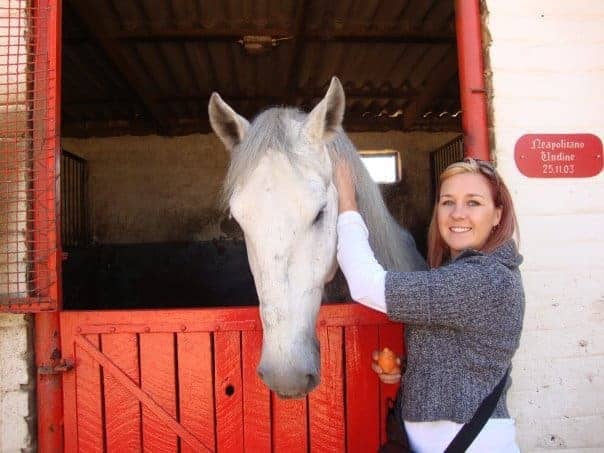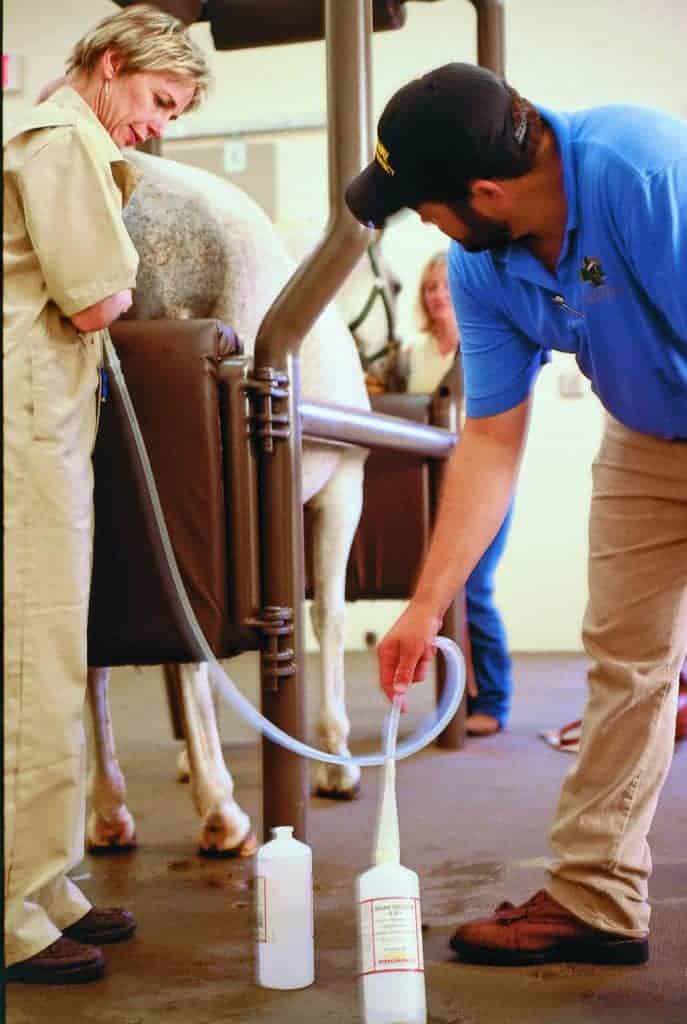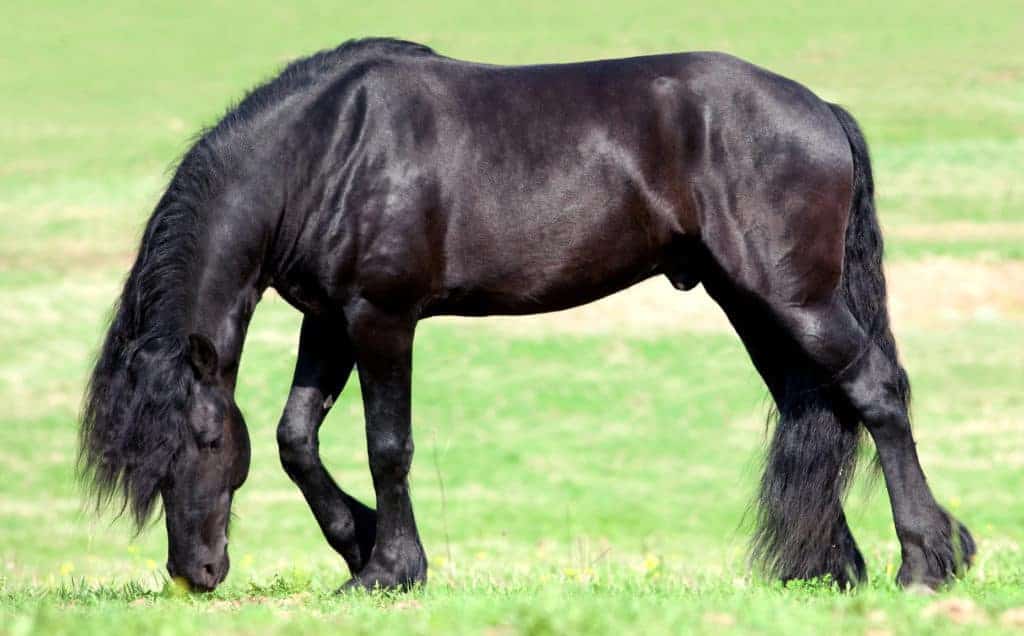Study: Ocular Fluid Nitrate Concentrations in Foals
Researchers aimed to establish a reference range for ocular fluid nitrate/nitrite concentrations in dead foals
Horse breeding from planning through foal care
Researchers aimed to establish a reference range for ocular fluid nitrate/nitrite concentrations in dead foals
The University of Kentucky has implemented a new real-time PCR assay for diagnosing EHV-1.

Researchers found a definite trend towards fundamental gender differences in equine behavior.

Research has shown that some dietary changes have a beneficial effect on semen quality and stallion fertility.
Samples taken from a horse exhibiting neurologic signs at the World Championship show were negative for EHV-1.
There are more than 40 live cloned horses. What have we learned and what concerns do we have?

Katheryn Cerny will complete her master’s in veterinary science at the University of Kentucky in early 2012.

In some mares chronic uterine inflammation is a persistent problem that can interfere with pregnancy.

Caring for deciduous teeth in young horses requires additional considerations from a veterinary standpoint.

Preliminary research showed that ergot alkaloids had minimal effects on stallions’ and colts’ fertility.

New research indicates that ancient stallions were far more genetically diverse before domestication.
The blue roan Quarter Horse mare died last week in Weatherford, Texas, at the age of 31.
The first equine genome was sequence was completed in 2007, but what is the state of that sequence in 2011?

Christine Aurich, DVM, PhD, Dipl. ECAR, composed a comprehensive report about mares’ reproductive cycles.
The New Bolton Center presents “Managing the High-Risk Pregnancy: Broodmares in the Third Trimester” Nov. 1.

Researchers found that the presence of “nanny” mares reduced the amount of weaning stress foals experienced.
Stay on top of the most recent Horse Health news with
"*" indicates required fields